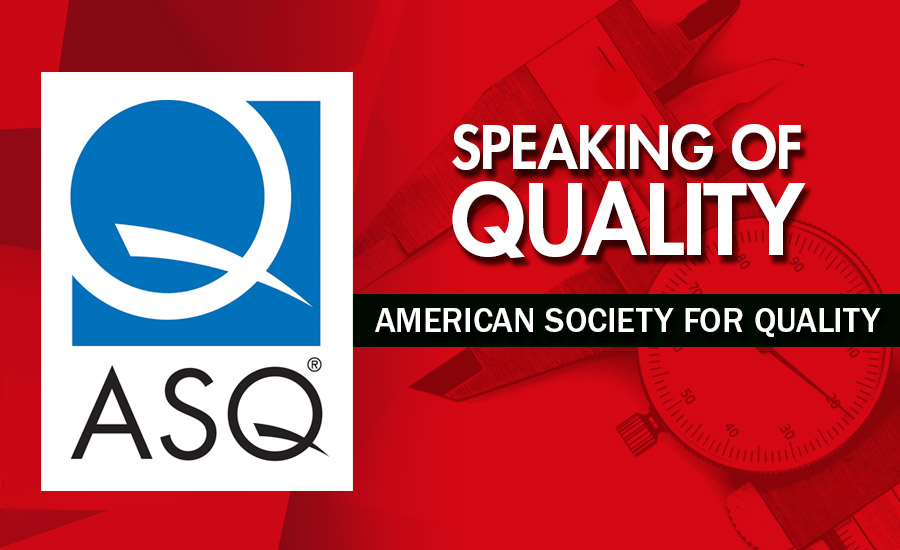Lean and agile can work alone but they can be very powerful together. Reducing waste keeps your company sustainable. Being agile keeps your company ahead of the competition.
Lean dates back to the early 20th century and Henry Ford, with his famous assembly lines and ability to turn over inventory in days. With just-in-time delivery, lean management, and lean thinking, lean went from shop-floor process to mainstream phenomenon. Through it all, the goal was clear: zero waste. Over the years a five-step thought process for guiding the implementation of lean techniques was developed. (www.lean.org/WhatsLean/Principles.cfm)
Specify value from the standpoint of the end customer by product family.
Identify all the steps in the value stream for each product family, eliminating whenever possible those steps that do not create value.
Make the value-creating steps occur in tight sequence so the product will flow smoothly toward the customer.
As flow is introduced, let customers pull value from the next upstream activity.
As value is specified, value streams are identified, wasted steps are removed, and flow and pull are introduced, begin the process again and continue it until a state of perfection is reached in which perfect value is created with no waste.
Agile dates back to 1968 when Melvin E. Conway coined Conway’s Law. (“Any organization that designs a system will inevitably produce a design whose structure is a copy of the organization’s communication structure.”) While the law had been viewed in theoretical terms, there is recent research suggesting practical uses for it.
In 2001, 17 software professionals developed the “Manifesto for Agile Software Development,” which defined four main values. Several of the group formed the Agile Alliance. Here is the brief manifesto (www.agilealliance.org/agile101/the-agile-manifesto/):
We are uncovering better ways of developing software by doing it and helping others do it. Through this work we have come to value:
- Individuals and interactions over processes and tools
- Working software over comprehensive documentation
- Customer collaboration over contract negotiation
- Responding to change over following a plan
- That is, while there is value in the items on the right, we value the items on the left more.
- The manifesto is supported by 12 principles:
- Our highest priority is to satisfy the customer through early and continuous delivery of valuable software.
- Welcome changing requirements, even late in development. Agile processes harness change for the customer’s competitive advantage.
- Deliver working software frequently, from a couple of weeks to a couple of months, with a preference to the shorter timescale.
- Business people and developers must work together daily throughout the project.
- Build projects around motivated individuals. Give them the environment and support they need, and trust them to get the job done.
- The most efficient and effective method of conveying information to and within a development team is face-to-face conversation.
- Working software is the primary measure of progress.
- Agile processes promote sustainable development. The sponsors, developers, and users should be able to maintain a constant pace indefinitely.
- Continuous attention to technical excellence and good design enhances agility.
- Simplicity—the art of maximizing the amount of work not done—is essential.
- The best architectures, requirements, and designs emerge from self-organizing teams.
- At regular intervals, the team reflects on how to become more effective, then tunes and adjusts its behavior accordingly.
It points users to something lean could never supply: variety. Being agile puts your organization in a better position to take advantage of short windows of opportunity. With customer demands changing so rapidly, those opportunities are becoming prevalent.There are four key elements:
- Modular product design (designing products in a fashion that enables them to serve as platforms for fast and easy variation)
- Information technology (automating the rapid dissemination of information throughout the company to enable)
- Corporate partners (creating virtual short-term alliances)
- Knowledge culture (investing in employee training)


